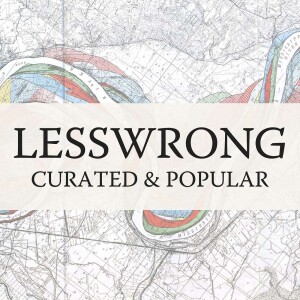
https://www.lesswrong.com/posts/vJFdjigzmcXMhNTsx/simulators#fncrt8wagfir9
Summary
TL;DR: Self-supervised learning may create AGI or its foundation. What would that look like?
Unlike the limit of RL, the limit of self-supervised learning has received surprisingly little conceptual attention, and recent progress has made deconfusion in this domain more pressing.
Existing AI taxonomies either fail to capture important properties of self-supervised models or lead to confusing propositions. For instance, GPT policies do not seem globally agentic, yet can be conditioned to behave in goal-directed ways. This post describes a frame that enables more natural reasoning about properties like agency: GPT, insofar as it is inner-aligned, is a simulator which can simulate agentic and non-agentic simulacra.
The purpose of this post is to capture these objects in words so GPT can reference them and provide a better foundation for understanding them.
I use the generic term “simulator” to refer to models trained with predictive loss on a self-supervised dataset, invariant to architecture or data type (natural language, code, pixels, game states, etc). The outer objective of self-supervised learning is Bayes-optimal conditional inference over the prior of the training distribution, which I call the simulation objective, because a conditional model can be used to simulate rollouts which probabilistically obey its learned distribution by iteratively sampling from its posterior (predictions) and updating the condition (prompt). Analogously, a predictive model of physics can be used to compute rollouts of phenomena in simulation. A goal-directed agent which evolves according to physics can be simulated by the physics rule parameterized by an initial state, but the same rule could also propagate agents with different values, or non-agentic phenomena like rocks. This ontological distinction between simulator (rule) and simulacra (phenomena) applies directly to generative models like GPT.
More Episodes
 2024-10-31
2024-10-31
 2024-10-28
2024-10-28
 2024-10-25
2024-10-25
 2024-10-15
2024-10-15
 2024-10-14
2024-10-14
 2024-10-14
2024-10-14
 2024-10-03
2024-10-03
 2024-09-30
2024-09-30
 2024-09-29
2024-09-29
Create your
podcast in
minutes
- Full-featured podcast site
- Unlimited storage and bandwidth
- Comprehensive podcast stats
- Distribute to Apple Podcasts, Spotify, and more
- Make money with your podcast
It is Free
- Privacy Policy
- Cookie Policy
- Terms of Use
- Consent Preferences
- Copyright © 2015-2024 Podbean.com





